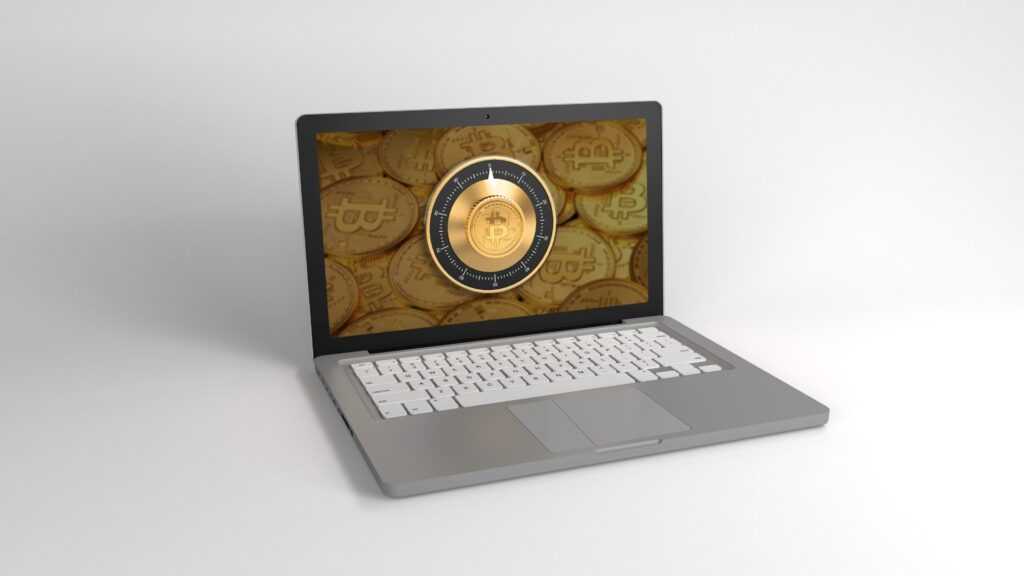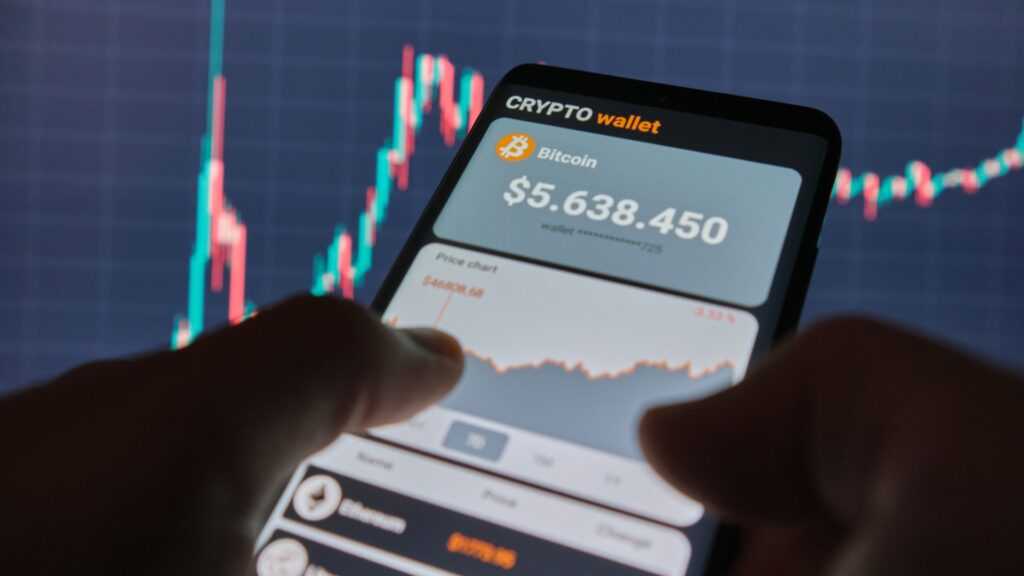Understanding Cryptocurrency Transfers
Transferring cryptocurrency between wallets is a process every digital asset holder should master.
Importance of Cryptocurrency Transfers
Cryptocurrency transfers play a vital role in managing digital assets. They enable better security by spreading assets across multiple wallets, mitigating risks associated with hacks and exchanges losing funds.
Transfers also aid in trading, as they allow quick movement of assets to and from trading platforms. Diversifying holdings by moving funds ensures resilience against market fluctuations. Thus, mastering transfers safeguards assets and optimizes trading opportunities.
Types of Cryptocurrency Wallets
There are several types of cryptocurrency wallets, each with unique features and security levels.
- Hardware Wallets: These are physical devices storing private keys offline, offering high security. Examples include Ledger Nano S and Trezor.
- Software Wallets: These wallets run on devices like smartphones and computers. They can be web-based or app-based. Examples include Exodus and Electrum.
- Paper Wallets: These are physical documents containing private and public keys. They are immune to online hacks but require careful physical storage.
- Online Wallets: Also known as web wallets, these are accessible through browsers. Though convenient, they involve higher risks. Examples include Coinbase and Binance.
Understanding these wallet types helps choose the right one for secure and efficient cryptocurrency management.
Steps to Transfer Cryptocurrency Between Wallets
Transferring cryptocurrency can seem daunting, but with clear steps, it’s straightforward and secure. Here’s a detailed guide on how to transfer your digital assets efficiently.
Preparing Your Wallets
First, ensure both the sending and receiving wallets are properly set up. Confirm the compatibility of the wallet with the specific cryptocurrency you’re transferring. Double-check your receiving wallet’s address; copying and pasting the address minimizes errors.
Initiating the Transaction
Navigate to the sending wallet’s transfer or send function. Input the receiving wallet address accurately. Specify the amount of cryptocurrency to transfer, considering potential transaction fees. Review all details before confirming.
Confirming the Transfer
Track the transaction status via the blockchain explorer using the transaction ID. Confirm the transfer completion by checking the balance in the receiving wallet. If issues arise, consult the customer support of your wallet provider for assistance.
These steps ensure a seamless cryptocurrency transfer while maintaining security and accuracy.
Security Measures in Cryptocurrency Transfers

Ensuring secure transfers between cryptocurrency wallets is crucial. Key measures can protect assets from potential threats.
Choosing Secure Wallets
Opting for the right wallet is fundamental. Hardware wallets, like Ledger and Trezor, offer high security by storing private keys offline. Software wallets, such as;
- Exodus
- Electrum
provide convenience but require strong, regularly updated security measures.
Online wallets from trusted providers deliver accessibility but demand caution due to higher exposure to cyber threats. Users should always choose a wallet supporting strong encryption and multi-factor authentication (MFA).
Confirmation and Verification Processes
Every cryptocurrency transfer should involve rigorous confirmation and verification.
First, double-check the recipient’s address to avoid irreversible mistakes, as transactions cannot be undone.
Second, utilize services like Etherscan or Blockchain.com to verify transaction status in real-time.Confirmation processes for wallets often require multi-signature authorization or multiple checkpoints, increasing transfer security.
Lastly, enable notifications from wallet services to monitor any changes immediately.
Common Challenges in Transferring Cryptocurrency
Transferring cryptocurrency between wallets, while common, comes with several challenges that may impact the overall experience and results. I’ll explore key challenges to help you navigate these issues effectively.
Network Delays
Network delays often occur during cryptocurrency transfers due to various factors. High transaction volumes can cause blockchain congestion, leading to slower processing times.
For instance, during peak times, Bitcoin and Ethereum transactions may take longer to confirm. To minimize delays, consider transferring at off-peak hours or using cryptocurrencies with faster block times like Litecoin or Stellar.
Fees and Costs
Fees and costs represent another significant challenge in cryptocurrency transfers. These fees fluctuate based on network congestion and the specific cryptocurrency.
For example, Ethereum’s gas fees can spike during high network usage. It’s crucial to check current transaction fees before initiating a transfer. Some wallets offer fee estimation tools that help plan transfers within budget.
Additionally, using cryptocurrencies with lower transaction fees, such as Ripple, can reduce costs.
By recognizing these challenges and incorporating strategic measures, transferring cryptocurrency between wallets becomes more manageable.






